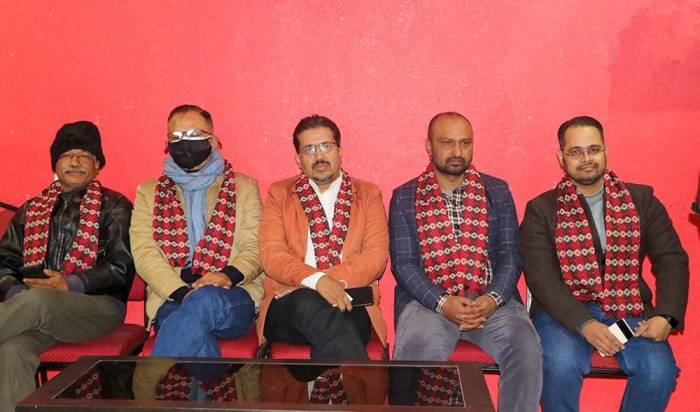- A database architecture is a representation of DBMS design.
- It helps to design, develop, implement, and maintain the database management system.
- A DBMS architecture allows dividing the database system into individual components that can be independently modified.
Two-Tier Client Server Architecture
- The 2-tier architecture is same as basic client-server.
- In the two-tier architecture, applications on the client end can directly communicate with the database at the server side. For this interaction, Drivers like: ODBC are used.
- The user interfaces and application programs are run on the client-side.
- The server side is responsible to provide the functionalities like: query processing and transaction management.
- To communicate with the dbms, client-side application establishes a connection with the server side.
Advantages of Two-Tier Architecture
- Easy maintenance and modification
- Faster communication
Disadvantage of Two-Tier Architecture
- Performance will degrade upon increasing users.
- As client is directly interacting with the database, it might create problems.
Three-Tier Client Server Architecture
- The 3-tier architecture contains another layer between the client and server. In this architecture, client can’t directly communicate with the server.
- The application on the client-end interacts with an application server which further communicates with the database system.
- End user has no idea about the existence of the database beyond the application server. The database also has no idea about any other user beyond the application.
- The 3-tier architecture is used in case of large web application.
Advantages
- It can be upgraded or replaced independently
- Since the client does not have direct access to the database, it is more secure
Disadvantages
- Difficult to maintain and set-up
- More complex structure
- Physical separation of the tiers may affect the performance of the three




